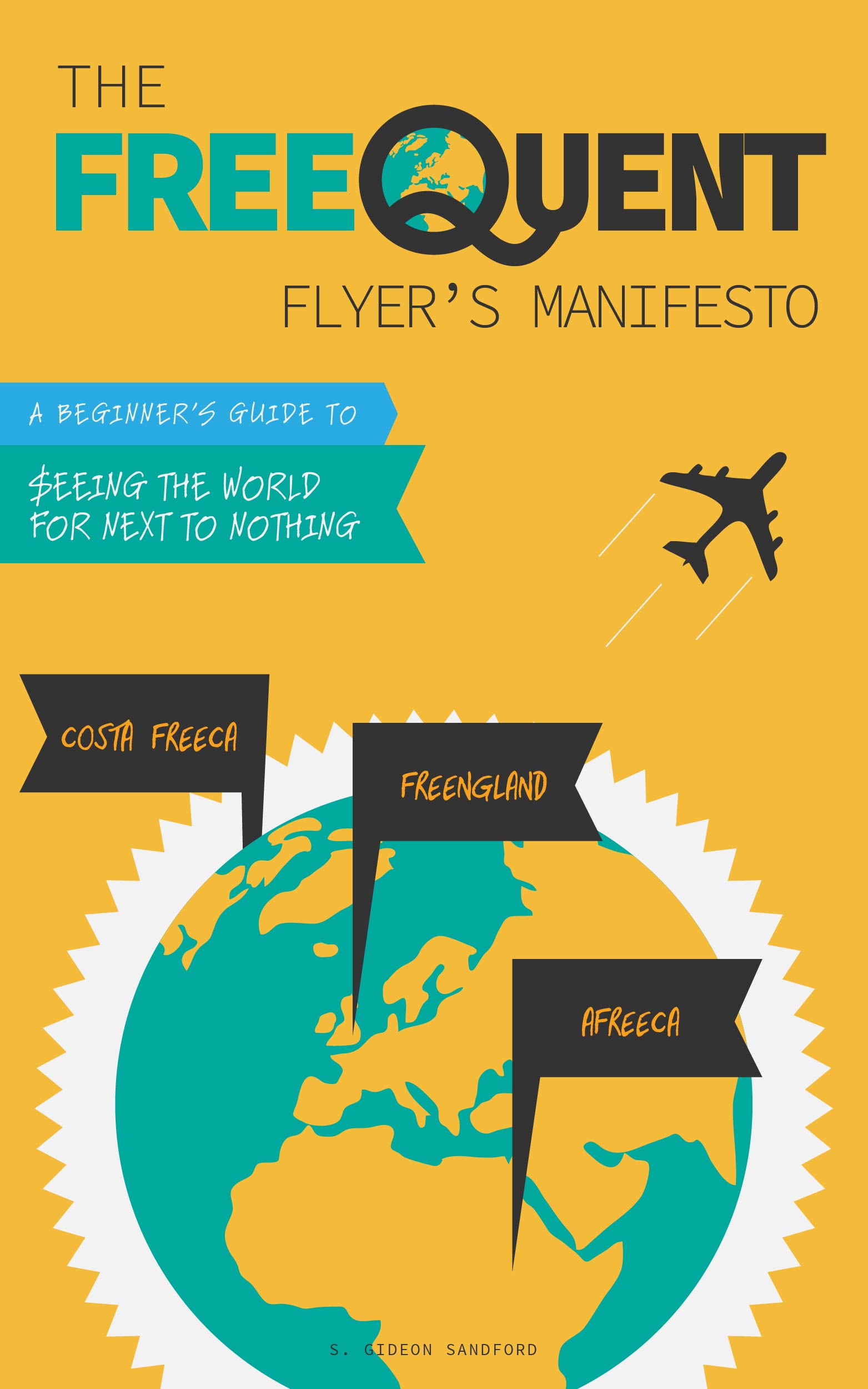Done with Delta (SkyMiles)
/[editor's note: my worthless Macbook Pro has finally stopped working completely, so I'm using an aged clamshell laptop for my blogging this week. Grammar and punctuation will suffer, and pictures will be minimal/nonexistent.]
I had an enlightening moment on Saturday when I saw on Twitter that Loyalty Lobby had posted an offer for 10,500 Expedia+ Rewards points for booking 6 nights at "VIP Access Hotels" in 2016.
What I realized was that not only was I not interested booking 6 nights at VIP Access Hotels, I wasn't even interested in reading about the offer.
Now to be fair, that's partly because Loyalty Lobby has a terrible website that takes over your web browser with popups and terrible rendering. But it's also because the online hotel booking engines have so gutted their loyalty programs that no number of reward points elicits even the slightest interest compared to straightforward Hilton and Hyatt points redemptions, or simply paying for hotel nights.
Math isn't dispositive — but it's helpful
I wrote on December 31, 2015, that I was going to use the American Express Delta Platinum Business credit card to manufacture $50,000 in spend this year, in order to earn 70,000 SkyMiles and 20,000 Medallion Qualification Miles, securing Silver Medallion status (and free checked bags) for 2017.
Since the Delta American Express cards don't have any interesting bonus categories, all $50,000 in manufactured spend would be done in unbonused spend categories, costing roughly $1,000 compared to a 2% cash back card.
As a Delta American Express cardholder, I could redeem the 70,000 redeemable SkyMiles for $700 in airfare on Delta-operated flights, leaving me roughly $300 out of pocket.
Except the card also carries a $195 annual fee, which will be charged in April, bringing the total cost for the calendar year to $495. And unlike actual travel expenses, annual fees have to be paid for with cash!
To look at it another way, to get $1,195 in value (a $195 annual fee plus $1,000 in foregone cash back) from 70,000 redeemable SkyMiles, you'd need to consistently redeem them for over 1.7 cents each. That's not impossible, but Delta has certainly made it harder in the last few years.
What does $495 buy?
Using the first, conservative calculation and valuing SkyMiles at a flat 1 cent each, my total cost for carrying the American Express Delta Platinum Business card is $495. So what would I be getting for that out-of-pocket expense?
- Domestic companion ticket. If I paid cash for my Delta revenue tickets, a companion ticket would be potentially worth $300-400. But since I don't pay cash for my Delta revenue tickets, a companion ticket is worth perhaps a quarter of that, thanks to price compression. Let's say the companion ticket is worth about $100.
- Free checked bags in 2017. I've already requalified for 2016 Silver Medallion status, but keeping the Platinum card for another year and manufacturing $50,000 in spend would give me Silver Medallion status for all of 2017 as well. To make up the remaining $395 in out-of-pocket cost, I'd need to check bags on something like 8 roundtrip flights in 2017, at $50 per bag, per roundtrip flight.
- More SkyMiles on paid flights in 2017. If Delta keeps the same redeemable SkyMiles earning rates in 2017, then Silver Medallion status is good for an additional 2 SkyMiles per dollar spent on Delta flights in 2017. At one cent each, I'd need to spend $19,750 on paid Delta flights in 2017 to break even. But I only earned $1,870 2015 Medallion Qualification Dollars, a rough approximation of the total ticket price of my paid flights. It's possible I'll spend 10 times more on paid Delta flights in 2017 than I did in 2015 — but unlikely.
First Class tickets aren't that expensive
The additional problem is that, thanks to price compression, there's no reason to book economy tickets that require paying for checked bags at all. If you're buying paid flights for 75% off retail, then for all roundtrip first class flights costing less than $200 more than economy, you'll be strictly better off booking the first class flight and checking your bags for free, since you're paying less than $50 for your checked bag (and earning class-of-service bonus miles).
That's not all flights: there certainly are domestic routes where first class tickets cost more than $200 more than economy flights. But when you're working your way back from a $495 deficit, you need to book a LOT of those flights before you break even, compared to simply booking first class seats to begin with.
So I'm done chasing after Delta SkyMiles
Delta is still the best airline in the United States, and I'll keep flying them whenever possible because of their unparalleled air and ground operations.
But the idea of that translating into paying another $195 annual fee, and $1,000 in foregone cash back, just doesn't make any sense to me anymore.
And it's all thanks to Loyalty Lobby's terrible website.


